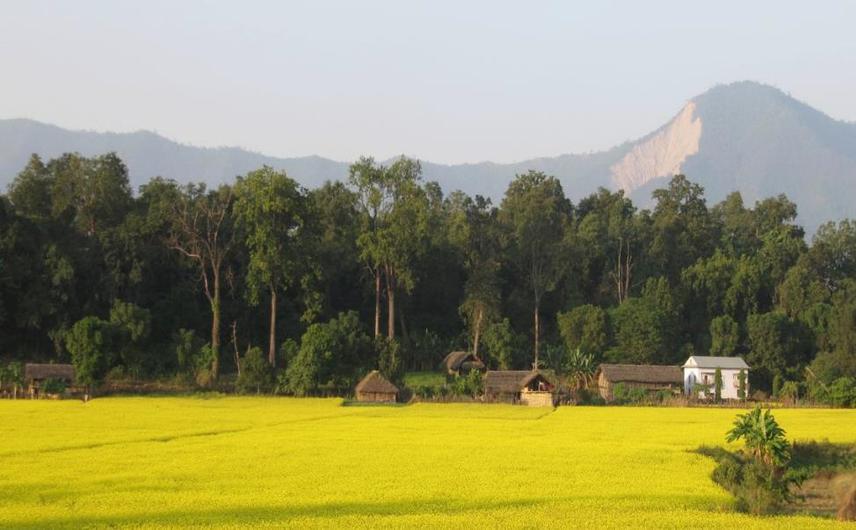Kanchan Thapa
Other projects
15 Jun 2010
Status of Big Cats and their Conservation in Newly Declared Extension Areas of Banke National Park, Nepal
The main aim of the project is the assess the people’s perception, attitude and belief toward the newly established protected areas across the buffer zone of Banke National Park in Terai Arc Landscape.

Twenty percent of the total land surface of Nepal is under the strict protection by the Government of Nepal. Creation of the protected areas has been key strategy to conservation biodiversity in Nepal and elsewhere. However, the creation and maintenance of the protected areas in many countries including Nepal has been contentious. Their establishment often entails resettling and depriving people to access the resources upon which they have depended for generations. If the protected areas are to be conserved over a long-term, the management must address to the needs and concerns of the local residents and integrate them into their management strategies. In April 2008, the Government of Nepal declared its 20th protected area and formally endorsed it as country’s 10th national park - Banke National Park. During my survey (Rufford’s first grant) with the big cats in the Banke National Park, I have seen and experienced lots of grudges, issues and misconceptions towards the establishment of the protected areas in the region. The local residents despised the creation of the park without being alarmed. It is necessary to understand the people’s beliefs, attitudes and perceptions towards the protected areas to develop successful management strategies to conserve those areas over the long-term.
I will be surveying the buffer zone communities in newly established Banke National Park focusing on peoples’ attitude, belief and perception towards the protected areas and its management. Results will be compared with the survey results from Chitwan National Park which has long history in protected areas management. The project will highlight the needs of communities and address the factors that help in cordial relationship between wildlife managers and communities. Project information will serve as baseline data for Banke National Park.